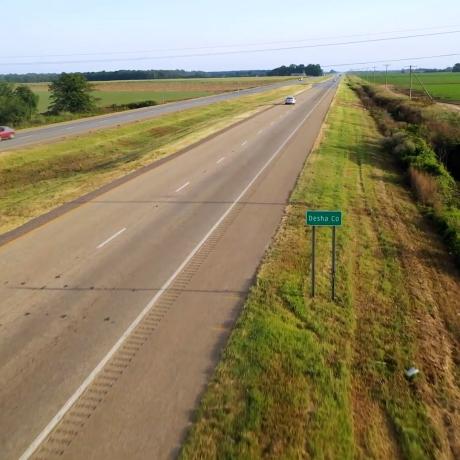Related Articles
Effectively transitioning to a VBC payment system can be a challenge for many HCOs, therefore, State Offices of Rural Health (SORH) can be particularly vital partners in helping connect clinics and hospitals with additional tools, resources, and a valuable local perspective. Learn more about how one participating RHPTP HCO partnered with their SORH in 2024 to further their work toward a health system focused on value.
Coteau des Prairies Healthcare System: Engaging Patients and Staff on their Road to Value-Based Care
During their year-long engagement in RHPTP, Coteau des Prairie Health Care System (CDP Health Care) worked with RHPTP’s technical assistance (TA) consultants on financial and operational improvements, to develop a strategy and infrastructure to embed quality improvement into practice. Read more about CDP's top accomplishments and early outcomes made possible through their RHPTP participation.
Electra Memorial Hospital, a 19-bed, publicly owned critical access hospital (CAH) located in Electra, TX, was one of three organizations selected to participate in the 2021-2022 Rural Health Provider Transition Project (RHPTP). Read more about their continuing progress and top accomplishments since taking part in the project.
Golden Valley Memorial Healthcare (GVMH), a 42-bed, not-for-profit, short-term care hospital located in Clinton, MO, was one of three organizations selected to participate in the 2020-2021 Rural Health Provider Transition Project. During the hospital’s year-long engagement in RHPTP, GVMH worked with RHPTP’s technical assistance (TA) consultants on finance and operations improvements, as well as developing a strategy and infrastructure to improve patient experience and engagement in preparation for participation in alternative payment and care delivery models. Below are some of GVMH’s top accomplishments and early outcomes made possible through their RHPTP participation.
Guadalupe County Hospital (GCH) is a 10-bed, not-for-profit, Sole Community Hospital providing acute care, emergency medicine, imaging, pain management, laboratory, and related outpatient ancillary services to the residents of Santa Rosa, New Mexico, and the surrounding communities.


